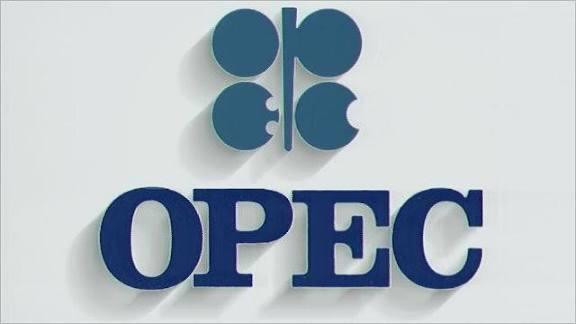Wednesday saw a slight increase in oil prices as expectations for growth in US oil output to be mostly stable through 2025 allayed concerns about an oversupply. U.S. West Texas Intermediate crude increased 41 cents, or 0.6%, to $73.72, while Brent crude futures increased 38 cents, or 0.5%, to $78.97 a barrel.
On Monday, both contracts had seen a small increase. In its short term energy outlook released on Tuesday, the U.S. Energy Information Administration (EIA) predicted that domestic production in the United States will not surpass the record set in December 2023 of over 13.3 million barrels per day until February 2025.
Additionally, the EIA revised down its projection for the expansion of domestic oil output in 2024 by 120,000 barrels per day (bpd) to 170,000 bpd, a significant decrease from the 1.02 million bpd increase in output seen last year. Later on Wednesday, the US government will reveal data on its oil stockpile. It is anticipated that U.S. crude inventories increased by 1.9 million barrels during the last week due to refiner maintenance and production rebounding from a severe freeze.
A diplomatic effort to reconcile Israel and Hamas over a ceasefire plan for Gaza was being prepared by U.S., Qatari, and Egyptian mediators as the Palestinian organization responded to a proposal for a prolonged ceasefire and captive releases. The Middle East situation has been closely monitored by traders, particularly the attacks on shipping in the Red Sea by the Houthi rebels, who are backed by Iran. This disruption has affected traffic through the Suez Canal, which is the fastest sea route connecting Asia and Europe and accounts for nearly 12% of the world’s oil trade.

